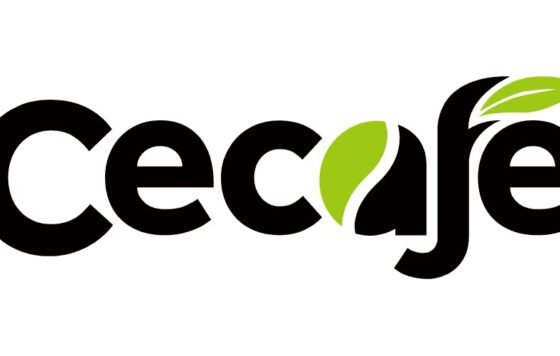Waking up to a freshly brewed coffee this morning? Then a new European Union (EU) regulation will probably be of interest — from today, January 1 2015, all new coffee machines must meet higher levels of energy efficiency.
It’s good news for coffee lovers as well as the environment. As the stock of old, inefficient machines is slowly replaced their environmental impact will be reduced, as will our bills. Coffee machines and espresso makers might not be the greatest energy drains compared to other household appliances; but the savings will be significant. By 2020, 2 billion kWh will be saved throughout the EU, whilst the UK figure is 239 million kWh.
The Ecodesign directive
The regulation coming into force today is part of the EU’s Ecodesign directive, covering the standby times of domestic coffee machines. The Ecodesign directive aims to unlock the high electricity savings potential of consumer goods. Implementing measures focus on those products which have a high potential for reducing greenhouse gas emissions at low cost, through reduced energy demand.
Expected impacts – UK estimates
The directive will cover around 110.7 million domestic coffee makers in use in the EU 27, a figure that is forecast to rise to 144.7 by 2025. For these, the EU’s own impact assessment of the stand-by regulation finds that this can save of 2TWh per year from 2020 onwards.
We have modelled these data for the UK, which has been among the slower adopters of coffee machines with only 22% of households calling a drip filter machine their own, 14% a pod or capsule coffee maker and 16% an espresso machine but where numbers are steadily rising. We find that by 2020, when 88% of the UK’s stock has been replaced, the UK could save 239 million kWh. This constitutes 11.9 per cent of the total EU 27 electricity saving. This would be enough electricity to power 57,214 homes in the UK for a year (assuming average electricity consumption).
The CO2 emissions avoided through the lower use of the electricity, compared to the business as usual in the baseline scenario, are also substantial at 118 million kg and are the equivalent carbon footprint of 16,288 UK citizens. Of course lower use of electricity also has an impact on household bills. Aggregated these savings come to £46 million (in current prices). This amount of money would be enough to purchase 6129 4-KWp solar photovoltaic systems or 15,323 1-KWp roof-mounted wind turbines.
Source: neweconomics.org/blog/entry/why-2015-is-a-good-year-for-coffee-drinkers?utm_source=Members+%26+Observers&utm_campaign=6f33ad106c-Newsletter_Members-Observers_January_2015&utm_medium=email&utm_term=0_296757b589-6f33ad106c-164275009









